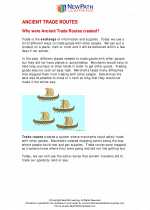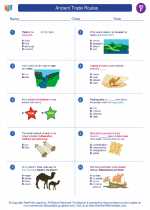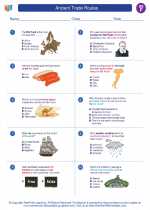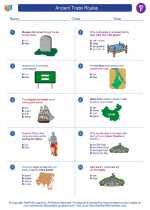Music
Music is an art form that involves organized and structured sounds and silences. It is a universal language that transcends cultural and linguistic barriers, and has been an integral part of human culture for thousands of years.
History of Music
The history of music can be traced back to ancient civilizations, where it was used for religious ceremonies, entertainment, and storytelling. Over time, music has evolved and diversified, leading to the development of various musical genres and styles.
Elements of Music
There are several key elements of music, including:
- Rhythm: The pattern of beats and time signatures in a piece of music.
- Melody: The sequence of musical notes that are perceived as a single entity.
- Harmony: The combination of different musical notes played or sung simultaneously to create a pleasing sound.
- Dynamics: The variations in loudness and intensity in a musical performance.
- Texture: The interrelationship of musical lines or voices within a composition.
Types of Music
Music can be categorized into various genres and styles, including:
- Classical Music: A genre characterized by its complex musical structure and rich history.
- Pop Music: A genre that is commercially oriented and appeals to a wide audience.
- Jazz: A genre known for its improvisation and syncopated rhythms.
- Rock: A genre that emerged in the 1950s and is characterized by its electric guitar-driven sound.
- Electronic Music: A genre that utilizes electronic technology to produce and manipulate sound.
Role of Music in Society
Music plays a significant role in society, serving as a form of expression, entertainment, and cultural identity. It has the power to evoke emotions, convey messages, and bring people together.
Studying Music
Studying music involves learning about its history, theory, composition, and performance. It also involves exploring different musical genres and styles, as well as developing an understanding of music notation and terminology.
As a student, it's important to actively listen to a wide range of musical pieces, analyze their structures, and appreciate the cultural and historical contexts in which they were created.
Additionally, learning to play a musical instrument or participating in a choir or ensemble can provide valuable hands-on experience and enrich one's understanding of music.
Remember, the study of music is not only about mastering technical skills, but also about cultivating creativity, critical thinking, and a deep appreciation for the art form.
Now that you have a basic understanding of music, you can explore its diverse facets and immerse yourself in its rich and captivating world!
[Music] Related Worksheets and Study Guides:
.◂Social Studies Worksheets and Study Guides Sixth Grade. Ancient Trade Routes

 Worksheet/Answer key
Worksheet/Answer key
 Worksheet/Answer key
Worksheet/Answer key
 Worksheet/Answer key
Worksheet/Answer key
